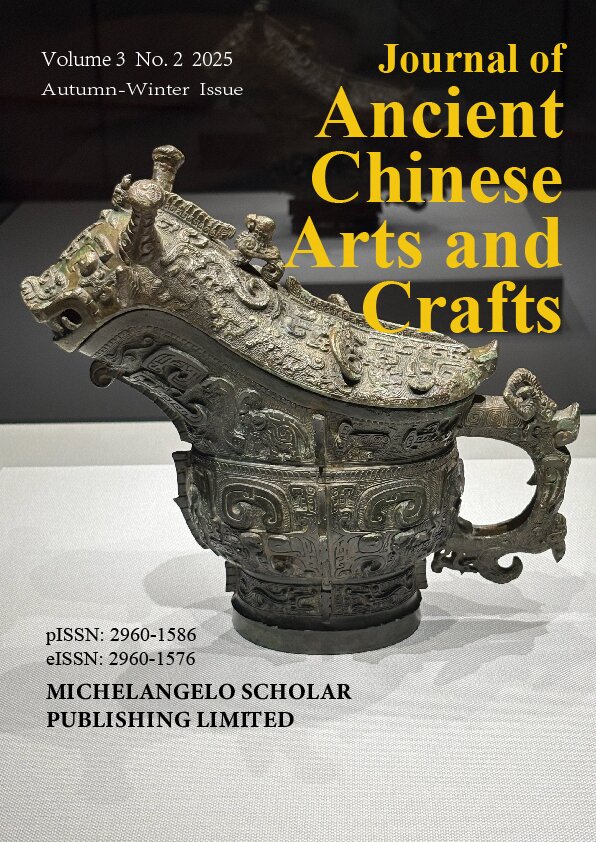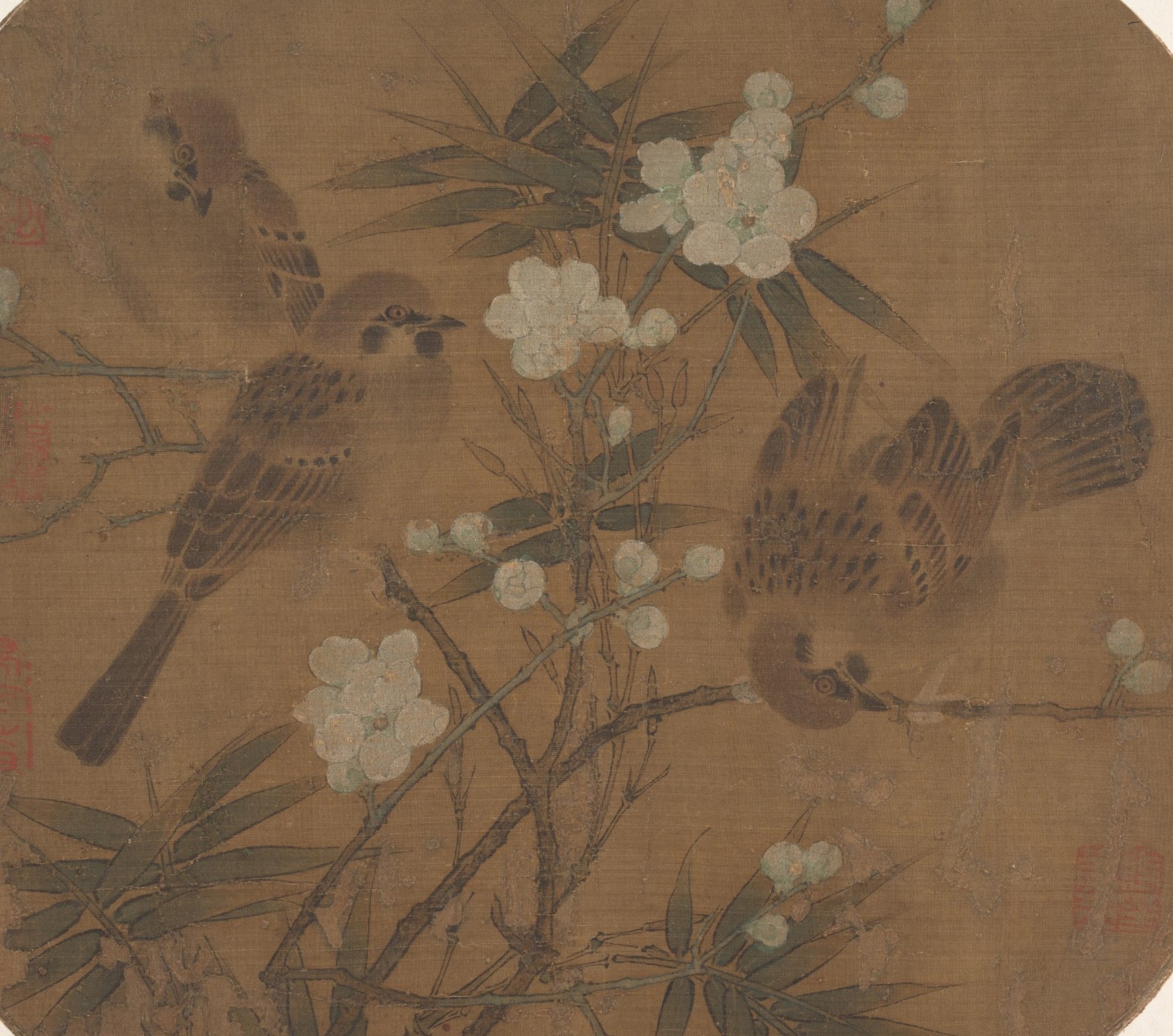The Journal of Ancient Chinese Arts and Crafts (JACAC) is an international scholarly journal published by MSPL. JACAC implements a peer-reviewed, open-access policy for original articles and is published twice a year in both print and online formats. All articles in JACAC are under the Creative Commons Attribution License (CC BY-NC-ND, version 4.0). Copyright for each article belongs to its author(s) and is published by MSPL.
JACAC is a scholarly platform dedicated to promoting the culture of ancient Chinese arts and crafts, including painting, sculpture, calligraphy, handicrafts, and more. The main goal of JACAC is to share the culture, thought, and theory of ancient Chinese arts and crafts, disseminate ancient brilliant achievements, promote the study of ancient culture, and strive to be a leader in these fields. In addition, JACAC is also a digital platform that promotes scholarly research and exchange. Welcome researchers from different disciplinary perspectives to submit manuscripts in English.
Vol 1, 2025
Yuyao Zhao *
by
Latest Articles
JACAC is a scholarly journal founded in July 2023, committed to publishing high-quality, original research worldwide through scholarly publishing, with a peer-reviewed and no-fee open-access policy. The policy ensures that no fees are charged for either authors or readers.
Thematic research articles, literature reviews, and book reviews are the three types of original articles accepted by the journal. The subjects cover these fields of ancient Chinese painting, sculpture, calligraphy, handicrafts, and so on. JACAC aims to share ancient China's arts and crafts culture, thoughts, and theories, disseminate the brilliant achievements of ancient Chinese arts and crafts, promote the study of ancient Chinese arts and crafts, and strive to maintain a leading position in these fields. As both a scholarly resource and cultural bridge, JACAC continues to advance our understanding of these remarkable traditions while making them accessible to new generations of researchers, practitioners, and appreciators worldwide, ensuring that these ancient arts maintain their relevance in our contemporary global context.
See Instructions for Authors for manuscript requirements.
Submitting Your Manuscript: jacac-editor@michelangelo-scholar.com; jaca.editorialmanager01@gmail.com
or Online Submission System: https://ojs.michelangelo-scholar.com/index.php/JACAC/submissions
May 7th, 2025
PUBLISHED BY MICHELANGELO SCHOLAR PUBLISHING LIMITED
JACAC EDITORIAL OFFICE ADDRESS: ROOM A-2, 3/F, WING TAT COMMERCIAL BUILDING, 121-125 WING LOK STREET, SHEUNG WAN, HK.
E-MAIL: jaca.editorialmanager01@gmail.com
WECHAT: heliotropic
by Zhenji He * , Ya Ye
Yuanjun Cui , Hong He *
by
Zhen Zhou * , Xiaoyun Ma
by
Abstract: In an era of fast-food culture where entertainment often overshadows substance, a rigorous examination of Chinese culture should be conducted through the dissemination of entertainment, which is crucial for ensuring the public’s accurate understanding and interpretation of the culture. Movies and TV dramas, as vehicles of entertainment, often prioritize box office performance and online ratings as key metrics of success. Characters and plots may be fictional, but for those movies and TV dramas rooted in historical and cultural contexts, showcasing the essence of history and culture is of significance and necessity for the accuracy of such cultural depictions. Its significance lies in the faithful transmission of culture, while its necessity involves guiding the public toward a correct cultural understanding. This paper examines the porcelain culture depicted in the historical drama The Story of MingLan as a case study. The aim is not to utterly negate the effort put into the show’s props but rather to identify relevant issues and to analyze and discuss the discrepancies between the drama’s porcelain props and authentic artifacts/paintings from the Song Dynasty (960-1279).






